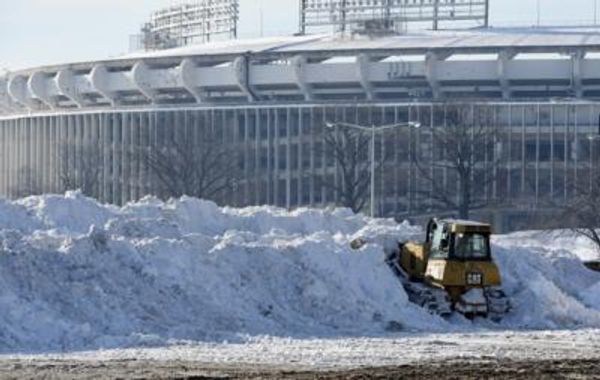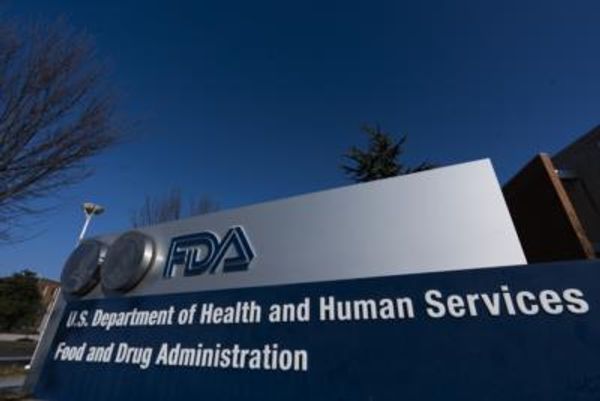Redistricting and a flood of departing incumbents are paving the way for more extreme candidates in this year's midterm elections.
Driving the news: At least 19 House districts in 12 states are primed to attract such candidates — hard partisans running in strongly partisan districts — according to an Axios analysis of districts as measured by the Cook Political Report's Partisan Voter Index (PVI).
- They stretch across every region of the U.S., from Alabama to Michigan to California.
- While a new generation of hard-right figures like Reps. Matt Gaetz of Florida and Marjorie Taylor Greene of Georgia has hardened the identity of the Republican Party in recent years, 12 of the 19 districts we're watching favor Democrats.
What we're watching: These 19 districts are open seats — with no incumbent running because of retirement, or the incumbent running for another office or district — and with PVI scores of at least +15R or +15D.
Scores reflect redistricting changes where applicable, and the list could change as new maps are finalized.
- That score measures by how many points on average a given congressional district outperformed the national vote — either in favor of Republicans or Democrats — during the two most recent presidential elections.
The big picture: Incumbents start with a huge advantage; 91% of them won re-election in 2018, according to OpenSecrets.
- When they leave, it levels the playing field for new candidates. And as districts grow more partisan, so, generally, do the candidates who step up.
- "Open seats are the biggest accelerant of extremism" and "breeding grounds for ideological warfare," Cook's Dave Wasserman tells Axios.
Yes, but: More intensely partisan players also can get elected without help from open seats.
- Three progressive “Squad” members defeated incumbents.
Why it matters: Congress already finds it difficult to compromise on anything or get things done.
- Tremendous energy's already devoted to partisan threats from former President Trump.
- There's also gamesmanship by congressional leaders and messaging to the base by both Democrats and Republicans.
How it works: Our 15-point threshold is an arbitrary one but large enough to make it highly unlikely the district would switch party control regardless of the general election candidates.
- In such cases, primary campaigns all but decide who goes to Congress.
- Structural conditions are in place such that primaries will produce the deepest-red Republican or deepest-blue Democrat, said Ohio State University's Edward Foley. His recent scholarship has focused on the so-called "primary problem."
- This is, in part, because primary elections tend to attract fewer voters. They also attract the most active ones, and they, in turn, are likely to be on the political extremes — as highlighted in a recent Pew Research study.
By the numbers: Political extremism has grown acute among Republicans in recent years.
Each of the 15 most politically right-leaning members who served in the last Congress, per GovTrack, entered Congress in 2010 or later.
- Fourteen of the 15 voted against certifying the 2020 election for President Biden; the 15th was a lame-duck leaving Congress. Thirteen of them were elected to open seats.
- The list includes Gaetz and Reps. Jody Hice (R-Ga.) and Paul Gosar (R-Ariz.).
- By contrast, five of the furthest-left 15 House Democrats date back to 2002 or earlier. Twelve were elected to open seats.







